(1938) Birth of the Porsche Type 64
MONSIEUR FERDINAND PORSCHE
When he entered the service of Hitler, was Ferdinand Porsche, a distinction car designer. But with established carmakers, many of his ideas were seen as too costly and impractical so Porsche turned to the most powerful man in the state: Adolf Hitler. He knew the fellow Austrian bias for fast cars, for road and motorsport. The "Volkswagen" was their joint project – and later a legend – was the war and the dictatorship long gone.
First full documentary film on the life of Ferdinand Porsche.
It traces the eventful career of the Austrian designer, since his debut in Vienna of the turn of the century to the launch of the Porsche 356 at the beginning of the economic miracle. Images So far, little known from Austrian sources, German, British and American paints a picture of a time when the automobile has become the symbol of progress. VW workers the first report of an hour on the structure of the KdF factory and their dream of owning a car, former forced laborers working conditions in the armory.
PORSCHE HISTORY
(1938) Birth of the Porsche Type 64
KdF 64K10 Volkswagen Aérocoupe
1939. Porsche Type 64 au Hessisch Oldendorf VW
This car was built to race in Berlin to Rome race 1939 road that never took place because of the war. The car is built on a chassis prototype Volkswagen 1938 and uses many VW parts. It belongs to the PROTOTYP MUSEUM Hamburg. It was exhibited with other Volkswagen cars prewar the show. At the end he was forced out of the old town museum Grundmann.
Here is a rare glimpse into the passenger seat of this remarkable car.
NCMA (North Carolina Museum of Art)
Flowing lines and perfect curves no corners or edges disturb the unique shape. The design of this car, made by Germany’s most famous sports car manufacturer, is recognizable by sight.
Porsche Type 64
Can be considered as the first Porsche despite its manufacturing 1938 under the VW brand. The sublime picture that forms this beautiful car bodied by hand and cut for a course.Equipée she could reach 998cm3 160 km/ha Porsche Type 64 – Can be considered the first porsche despite its manufacturing 1938 under the VW brand. The sublime picture that forms this beautiful car carossée by hand and trimmed for racing. Equipped with 998 cm3 she could reach 160 km / h.

It is nice and big, dynamic and fast and it quickly became the great passion of Ferdinand Porsche: Although this unique sports car built for the Berlin-Rome long-distance race and powered by 1.131 cc (69.02 in³) bhp engine 33 was nothing more than the simple model designation “type 64”, it is recognized as the original Porsche, the "grandfather" of all Porsches to follow…

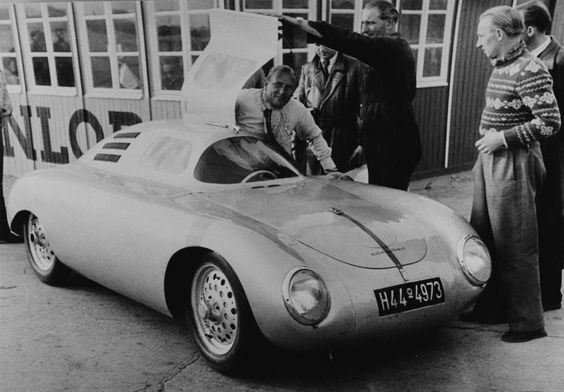
Porsche spécial Otto Glockler Otto Math
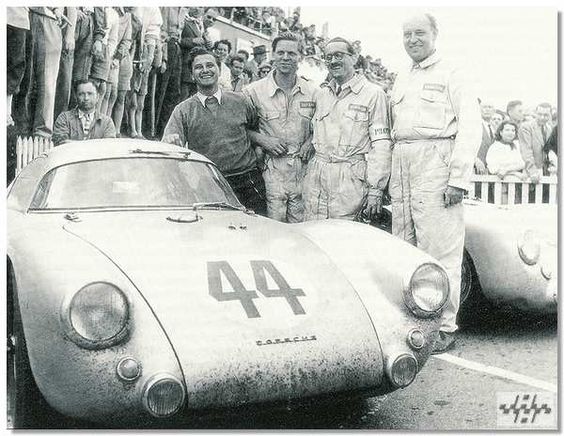
Porsche from Le Mans..

On public roads type 64 reached a maximum speed of not less than 130 km / or h 81 mph. Ferdinand Porsche often drove this car himself, showing his deep satisfaction with the Porsche name on the car itself. Considered the first Porsche, the typ 64 is a race car developed 1938. Alas, the course of history will never see the car run on the race for which it had been developed but history will remember as the car laying the beginnings of a German manufacturer to the world famous ... In the late 1930, Germany was under Nazi government for many years already, Hitler's policy is therefore to promote its ideology through sports to shine in the world. Already, in 1936, the Olympics were used as an important vehicle for Nazi propaganda, then, some months later, the German government finance motorsport through these two manufacturers : Mercedes an Auto Union. The silver stars are born and then have the task of winning the Grand Prix or grab speed records.

On the automobile issue, Hitler is also anxious to motorize Germany and made by Ferdinand Porsche developed a popular car that will be called in KdF 1938.
However, if Porsche is allowed to develop his project, the car will be ready for September 1939 to participate in the Rome-Berlin race, and one result is possible : victory. failing, propaganda serving to demonstrate German superiority would vein and this project would have been only the time and money wasted. Also, the Berlin-Rome race was organized by Germany and was to become a reference in motorsport, as well as the 24 Hours of Le Mans and the Mille Miglia. easy to understand why the final victory was in order. This type of challenge is not afraid to Ferdinand Porsche, it goes directly to work and resumed plans created by the Porsche founded in Buro 1931 who had made a sport for its own account, a drawing favoring aerodynamic shapes with all curvy and slender. Porsche has some constraints because the car has a minimum recall the KdF, forward and resumed his headlights and strokes mimicking the small Volkswagen, and the rear gets a small rear window underlined ventilation slots.
But to improve the aerodynamics, the car receives the wheel fairing and the back is refined to reduce drag. As for the choice of materials, it is focused on aluminum which allows a car as light as possible, which weighs 850kg in the end that the balance. This is the coachbuilder Reutter based in Stuttgart which is mission to realize this shell.
Another obligation of Porsche, reuse the mechanical elements of the future KdF. The Porsche Typ 64 therefore receives the four-cylinder boxer air cooled 985cm3, which developed 50hp and was given to a top speed of 160km goshawks / h. The axles front and rear are set to KdF, as drum brakes. The three frames are set construction 1938 and receive the number 38/41, 38/42 and 38/43. The first car is ended 19 August 1939, and each model entails the construction of a replacement engine in case a failure occur. However, two weeks after the first model had been completed, Germany declares war on Poland, World War II began ... Adolf Hitler canceled the Berlin-Rome race and involves Porsche in the war effort.
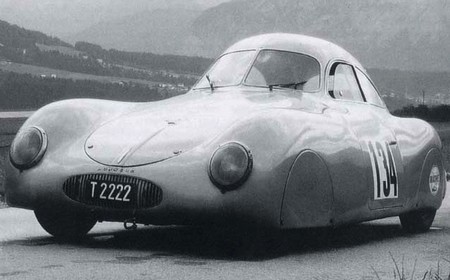 |
 |
Therefore, the other two Porsche Type 64 are put on hold, they will be finalized respectively in December 1939 and June 1940. Porsche Type 64 therefore were never used in competition, the first chassis was led by the top Nazi official Bodo Lafferenz which destroyed the car a few months later, officially falling asleep at the wheel. The other two chassis are used by Ferdinand and Ferry Porsche. However, the second frame does not have a chance to survive the war, discovered in 1945 Austria by US soldiers, they then play with the car to decompress the war atrocities. Quickly, its roof is cut because of the heat inside the passenger compartment; and mistreated, the engine finally give up the ghost a few weeks later. History to finish, the model is completed suddenly grenades, the remains are abandoned ...
The last frame is saved about him, it passes from the hands of Ferdinand Porsche to that of a German pilot (Otto Mathé) in 1945 while Porsche was jailed in France. This arrangement allowed not to see the model fall in France if the French government decided to seize the property of Ferdinand Porsche as war damage compensation. The car is restored 1947 in the workshops of Pininfarina then used in competition in the years 1950 Otto Mathe in person. The car will remain his property until his death in 1995, then was taken over by a collector of Porsche.
The car is now visible in a museum in Hamburg

Porsche Type 64 “Berlin-Rome car” 1939 photographed at the prototype museum in Hamburg, December 2011
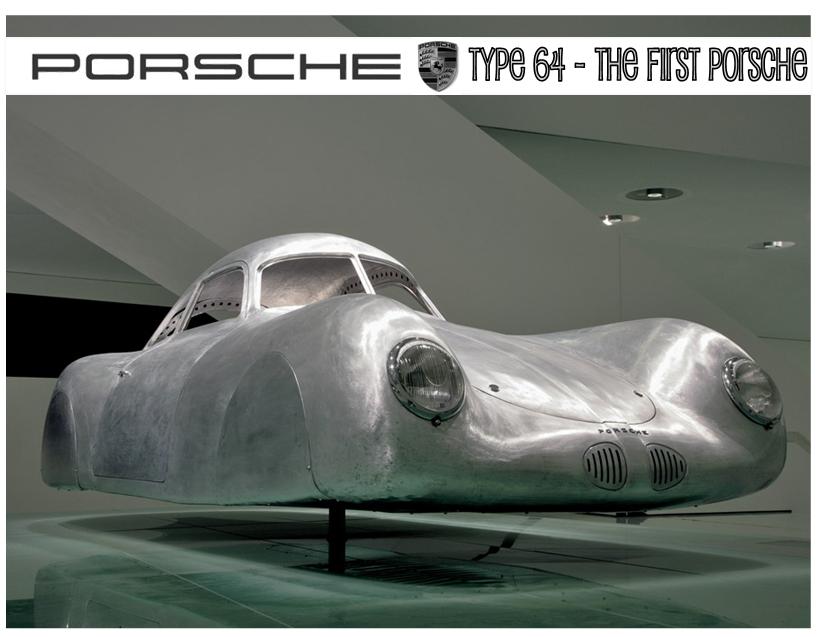
1939 – Porsche Type 64. Built for the Berlin-Rome long-distance race.
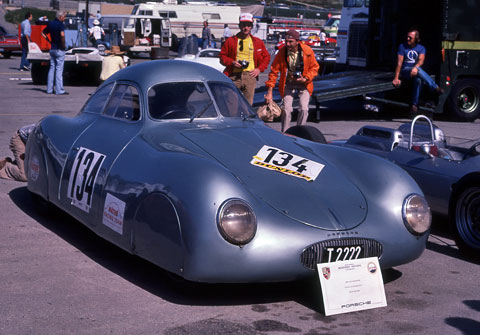
Bill Wagenblatt the 17 FEBRUARY, 2010 in PORSCHE
In 1937, studio Porsche designers created the first models for a sports car version of the Volkswagen. Designated type 64, the car's aluminum body had an enlarged engine and high-speed potential of 150kph. Porsche request a budget to build prototypes cars of the German Labor Front. Sadly, a sports car was not in the plans of the German Labor Front and funding did not come forth. Porsche design office has used the opportunity to explore the possibility of building the car themselves. Before type 64 the firm had only the design and engineering work for other manufactured goods. Porsche was considering becoming a manufacturing and increase their financial base.
Porsche and the Volkswagen group felt that the race from Berlin to Rome would be an excellent opportunity to demonstrate the strength of the Volkswagen design. They persuaded Hühnlein ask a sports car based on the type 60 Volkswagen. The conception that the German Labor Front had refused and was resurrected three cars had to be built. The new cars were designated Type 60K10. This was kind 60 and K for Karosserie. Beginning of Porsche design work for Type 64 was used as base. Komenda designed another body, built by Reutter Stuttgart, that resembled the kind 114. The narrow two-seat coupe like a car. The car was able to finish the maximum speed of 150kph.
The cars were finished the race in September, but Hilter had other plans and the race from Berlin to Rome was never executed. During the war, three cars were used as personal transportation. Bodo Lafferentz a car damaged in an accident and he did not survive the war. The Porsche company retained the other two cars. It was used by Ferry and the second by Jakob Werlin. Finally, one of the cars was stored for the duration. In 1945, GI found the car that had been put in storage, the roof was removed and used for joyriding until it is scrapped. The last remaining car, owned by Ferry Porsche, was restored in 1947. In 1949, it was sold to the Austrian motorcycle racing Otto Mathe. The last time he led a race was 1982 Monterey Historic Races.

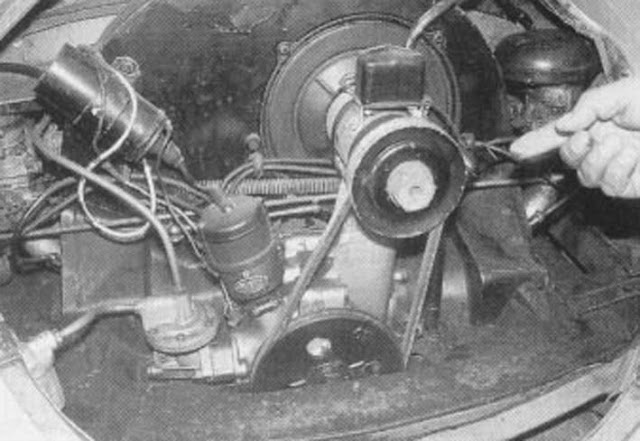
The modified engine of “Beetle”
And 3730 km today !
And this seems to be the frame 60K10 : And finally, video test drive of this remarkable car. Just listen to how the engine roars !

L’Atlanta High Museum of ART : staged an exhibition ” L’Allure of the Automobile “.
ATLANTA, Avril 29, 2009 – “The Allure of the Automobile,” the first exhibition to consider the stylistic evolution of’ automobile in the context of prominent design movements such as’ Art Moderne et Postwar Modernity, will premiere at the High Museum of Art in March 2010. the exhibition will present 18 of the rarest and most brilliantly conceived world of cars , from years 1930 in the mid 1960, including heads – Lumber Bugatti, Duesenberg, Jaguar, Mercedes-Benz, Porsche and Ferrari. These cars combine state-of-the-art d’ engineering, of the’ meticulous craftsmanship and revolutionary design to create works of “rolling sculpture.” The exhibition, made possible by the main sponsor Porsche Cars North America, Inc. will be on show at the 21 March 20 June 2010.
The 18 Car view on Nagorno include one-of-a-kind, -Built custom designs that incorporate remarkable progress in terms of style and of’ automotive engineering. The sections of the exhibition will trace the evolution of the automobile, examining the contrasts between European and American design, the influence of decorative arts and design and material changes in the style of’ automotive and’ engineering both before and after World War II. Featured cars also won awards at prestigious world events such as the Pebble Beach Concours d'Elegance, records broken on the track and was formerly owned by noted car enthusiasts such as legends’ Hollywood Clark Gable et Steve McQueen.

A team of four architects of North Carolina were to build the body, the chassis and the engine which is a reconstruction of the finest ever made Volkswagen, the infamous 1939 Volkswagen Type KDF 64 (aka type 60K10) Berlin to Rome runner. It has been a few months since we first introduced the type 64 project being developed in North Carolina for the Challenge of 36hp. Here are some new photos showing the progress to date. The world is watching as this team continues to create a very special breeding 1938 Volkswagen Type 64. This very special project began there nearly three years and is now 80%. The chassis rolls and the front and rear windows have recently been fitted.
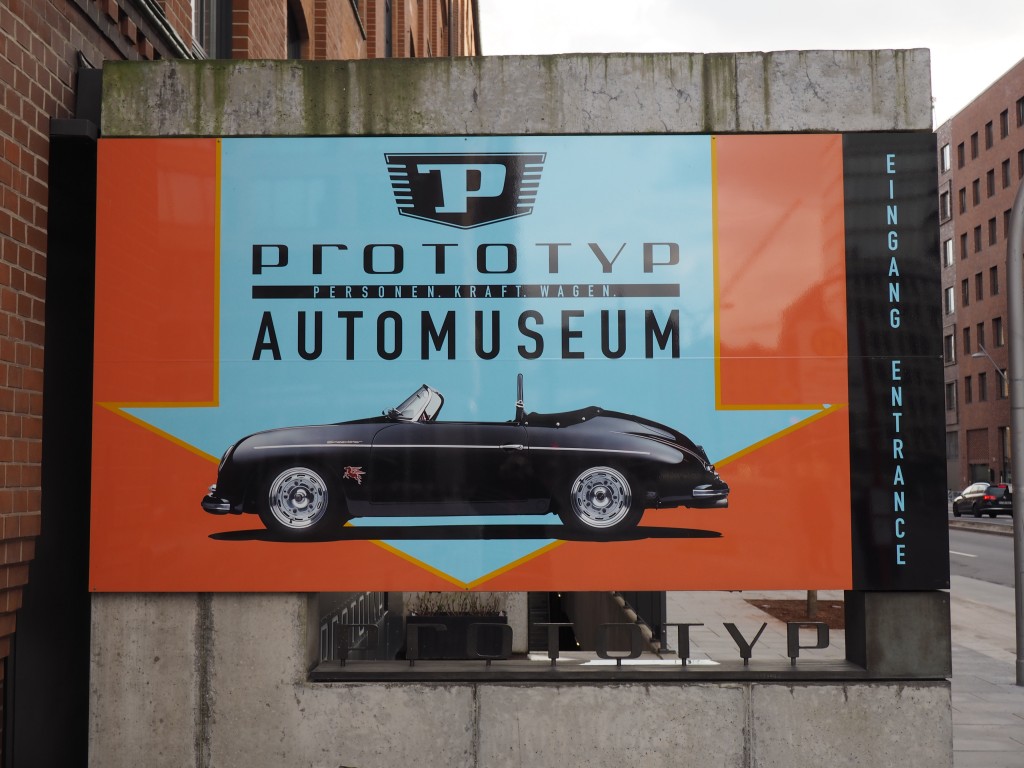
PROTOTYPE AUTO MUSEUM (Hamburg) Germany
Porsche Type 64
Only three Porsche Type 64s have never been produced. The first was completed in August 1939 and was intended to run in the race Berlin-Rome road to present the work of the relatively newly formed company Porsche. Sadly, because of the outbreak of WW2 in September 1939 the race was annulée.Parmi three cars produced one IIIA 0701 survived the war, the two others, one was destroyed in an accident and the other, after surviving the war was captured by US troops, it is reported, cut the roof and then led until the engine seized. Bare Metal Type 64 Porsche Museum is a recreation of various parts and the car known survivor that was sold first in Otto Mathe 1949; in whose control it remained until 1997, when it was auctioned at Thomas Gruber. Apparently, Porsche had several chances to acquire the ownership of the car, but failed to do so.
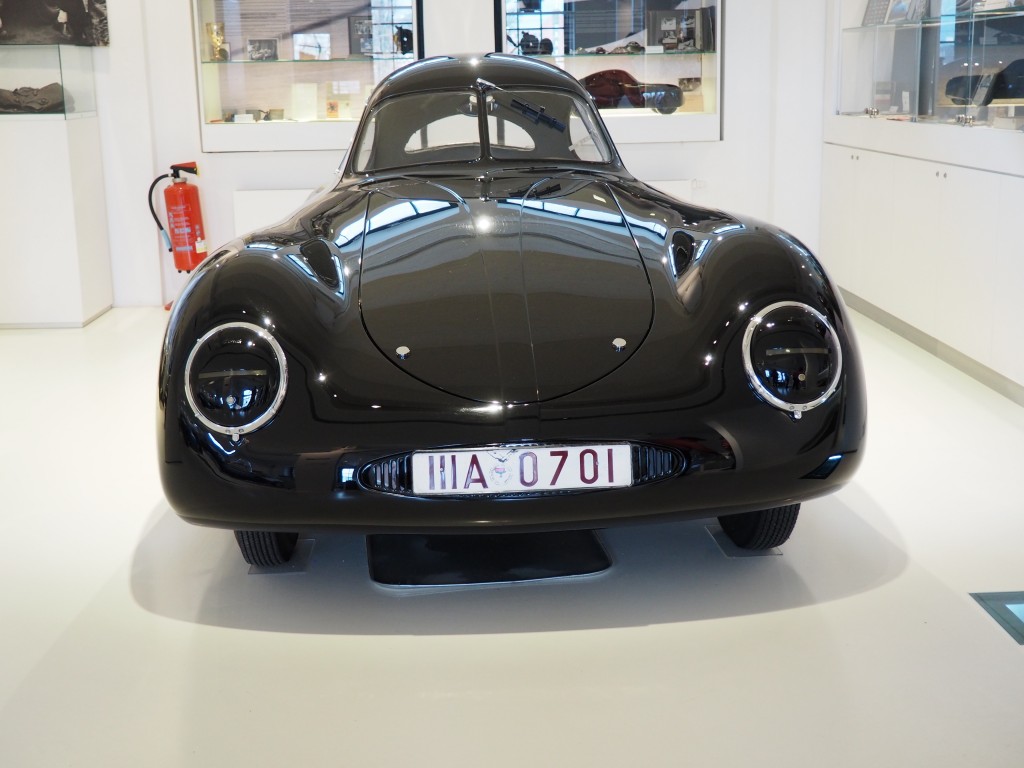
The original car was a mid-engine two seats which produced 23hp of an engine of 1133cc and has been reported to be capable of speeds up to 83 mph. The vehicle is displayed next to an E60 engine 1938 kind even though I'm not sure that would have been the original engine for the car, even if the car itself. Another element of the mystery of this car is that it is described as 1939 would have 0701 was not actually produced until June 1940.
 Auto Union Type C Buck Bois.
Auto Union Type C Buck Bois.
In the days of the good old ", metalwork for vehicles was produced and made by hand in the shape of the vehicle using a wooden model, known money. On display at the museum is one of the original wood bucks for the last of the Auto Union V16 vehicles, Type C, which had an engine 6 liters and was capable of speeds up to 211 mph (340 kmh). The vehicles were legendary in their day and see a relic of such a famous vehicle was interesting in that it allows the viewer to get a correct idea for the size and the original form of these legendary cars.
This Porsche TYPE rationalization 64, Prototype clearly leads, in both appearance and mechanical, the first production car from Porsche, The 356 !
PORSCHE 356 –
Porsche 356 – handmade – 39: 20 Documentary
Porsche 356 – 1952
Small +
FILM ” LE MANS ” 1971 with Steve McQueen. duration : 1H 44 mn 11 sec.
The 24 Hours of Le Mans is a film 1971, directed by Lee H. Katzin, on the Le Mans circuit in the 24 hours 1970 and starring Steve McQueen.
Film “The 24 Hours of Le Mans” (Le Mans) is a film 1971, attached to the Sarthe circuit, and filmed during the race. The protagonist is Michael Delaney (Steve McQueen), happens on the track with a road car fairytale, Porsche 911S of 1970 recently sold at auction for more than one million dollars ( in fact belonged to Steve McQueen). To a fan , it is a film not to be missed, given the large number of scenes filmed during 24 actual hours and given also the great care with which the scenes were filmed in the pits and in the paddock. The preparation of cars before departure were for several minutes (with live sound), giving us a chance to see all the details on both cars in the film contend for victory: Ferrari 512 and Porsche 917 Gulf liveried.
The duration of the film is 105 minutes, in which we can admire some – Some of the most beautiful cars that participated in the French marathon.
This film is the now famous sentence: When you're racing, there is life. Anything that happens before or after is just on hold. “car camera” this film, the car who was filming moving other cars, Porsche 908 is owned by the same McQueen, who also finished second in the 12 Hours of Sebring 1970. Automobile Club de l'Ouest (ACO), creator and organizer of 24 Hours of Le Mans.
Michael Delaney, racing driver, returns to the circuit 24 Hours of Le Mans a year after his serious accident in which Pierre Belgetti, another driver, died. Delaney argument race driving a Porsche 917 the colors of the US Gulf oil, it is one of the favorites with the German Erich Stahler (Ferrari 512 S). The race takes place under the eyes of the widow of Belgetti. Michael Delaney, racing driver, returns to the circuit 24 Hours of Le Mans a year after his serious accident in which Pierre Belgetti, another driver, died. Delaney argument race driving a Porsche 917 the colors of the US Gulf oil, it is one of the favorites with the German Erich Stahler (Ferrari 512 S). The race takes place under the eyes of the widow of Belgetti.




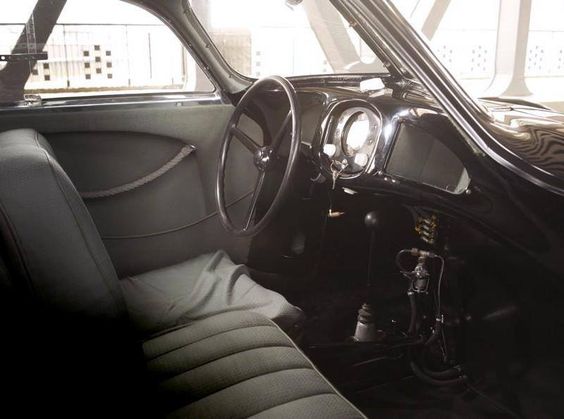
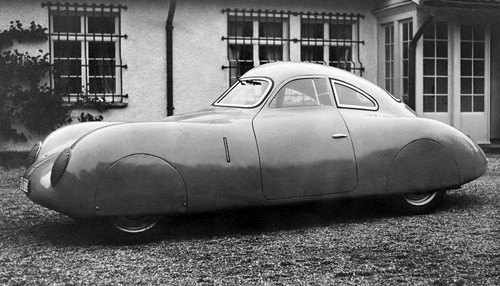
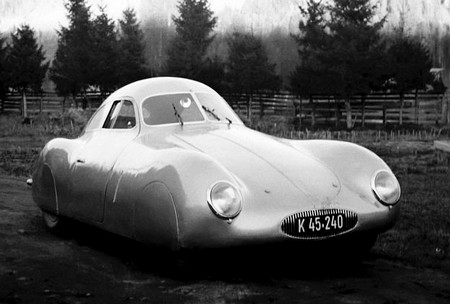
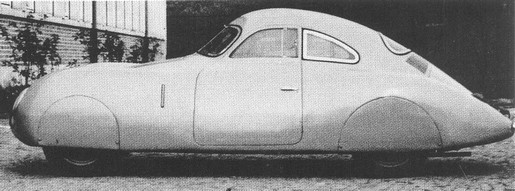
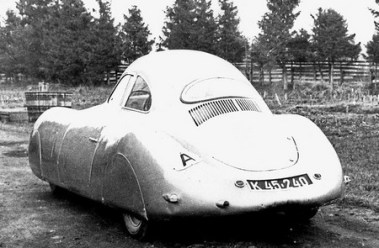


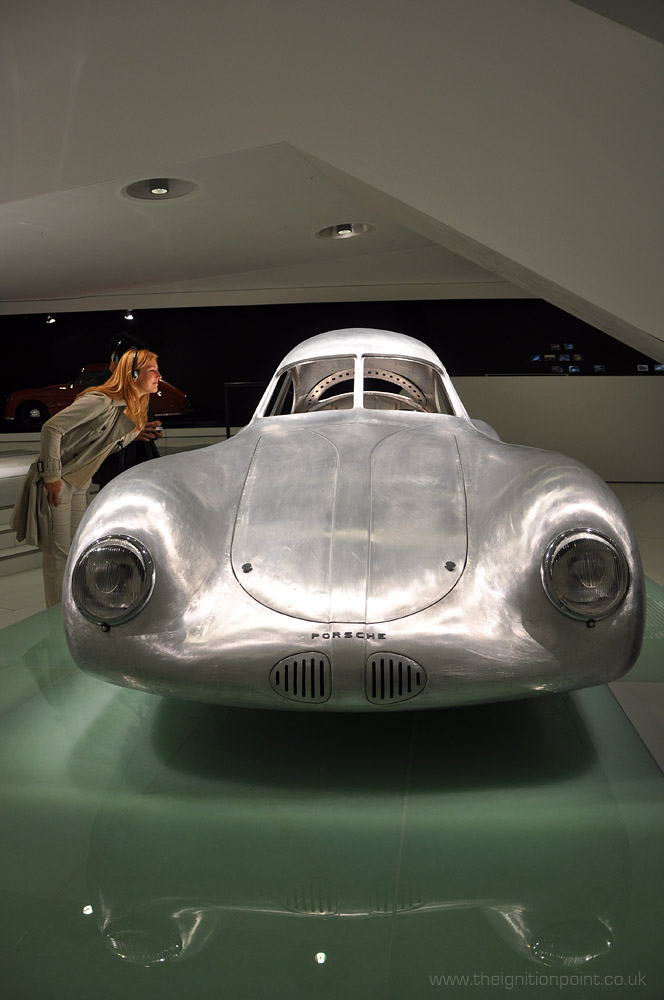



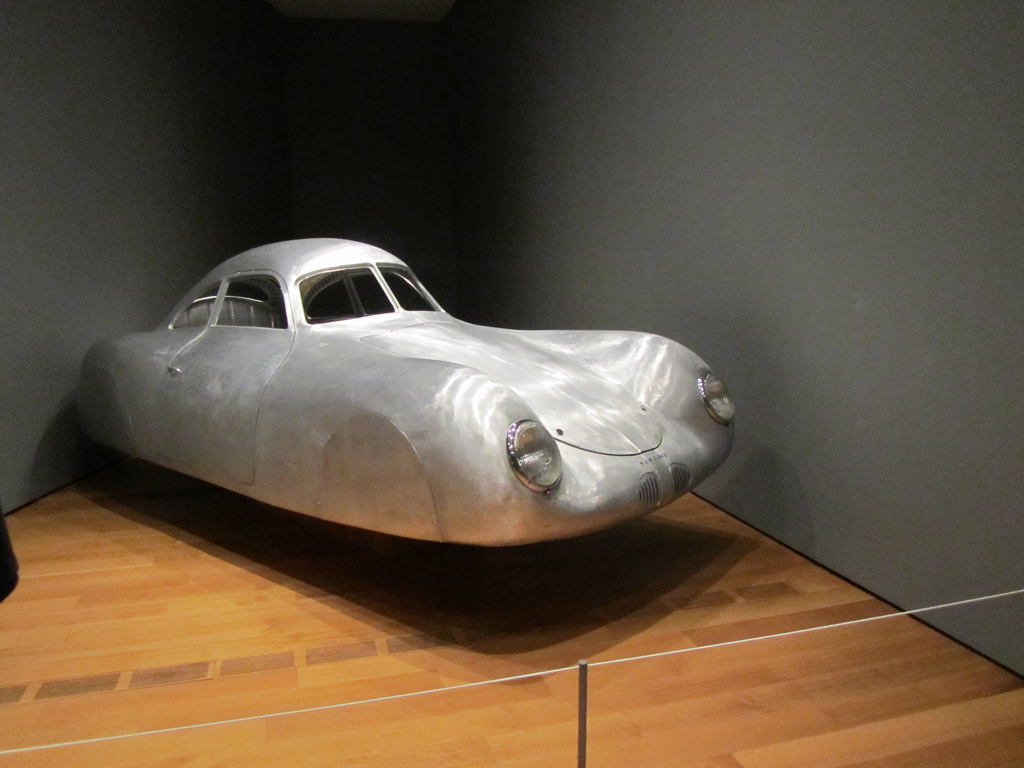
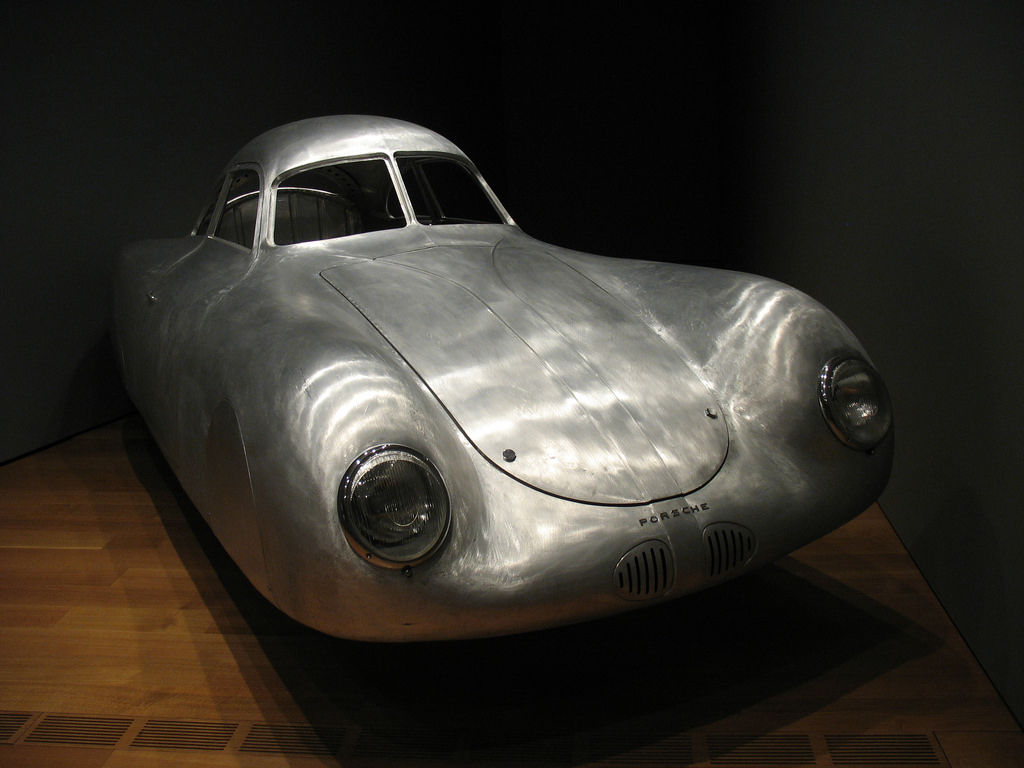
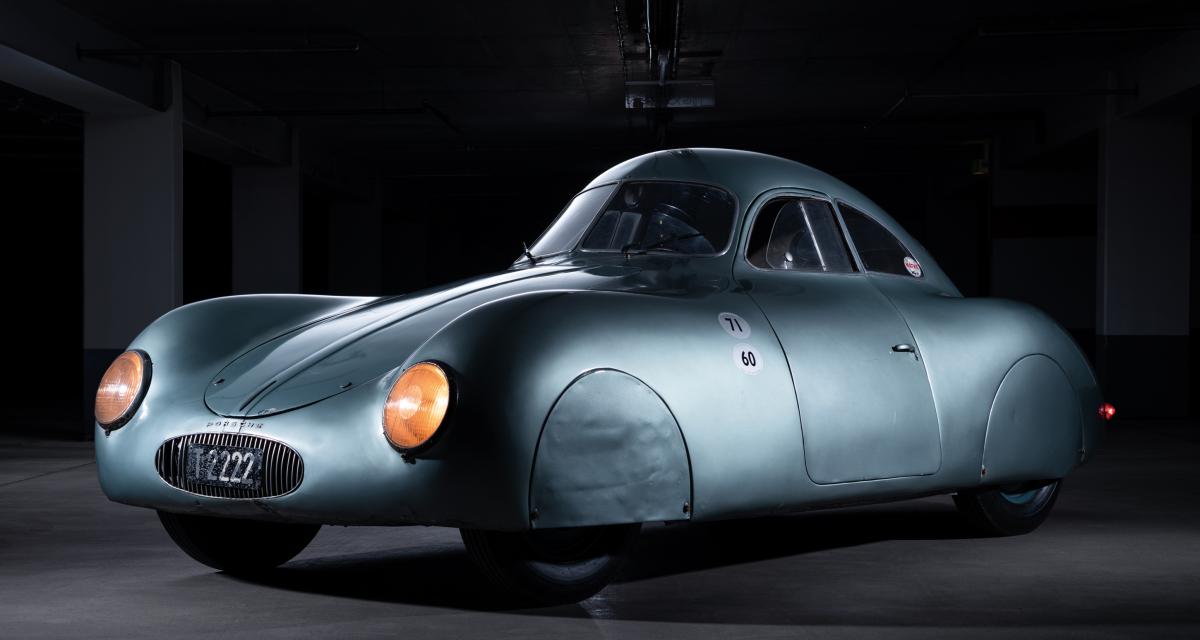

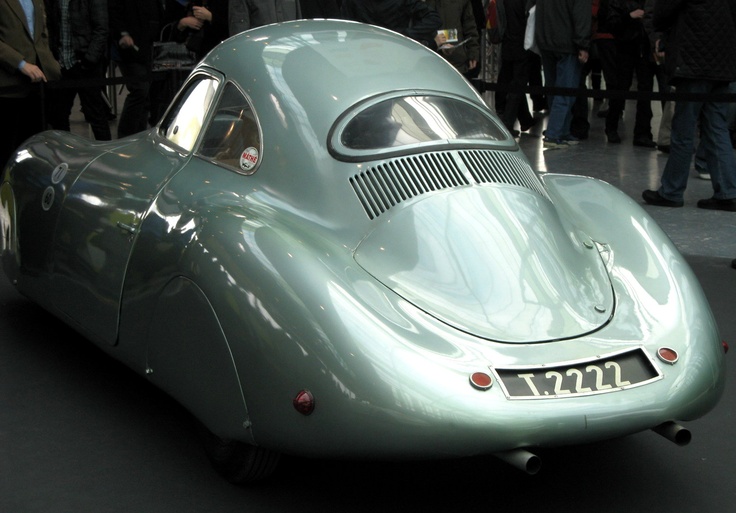
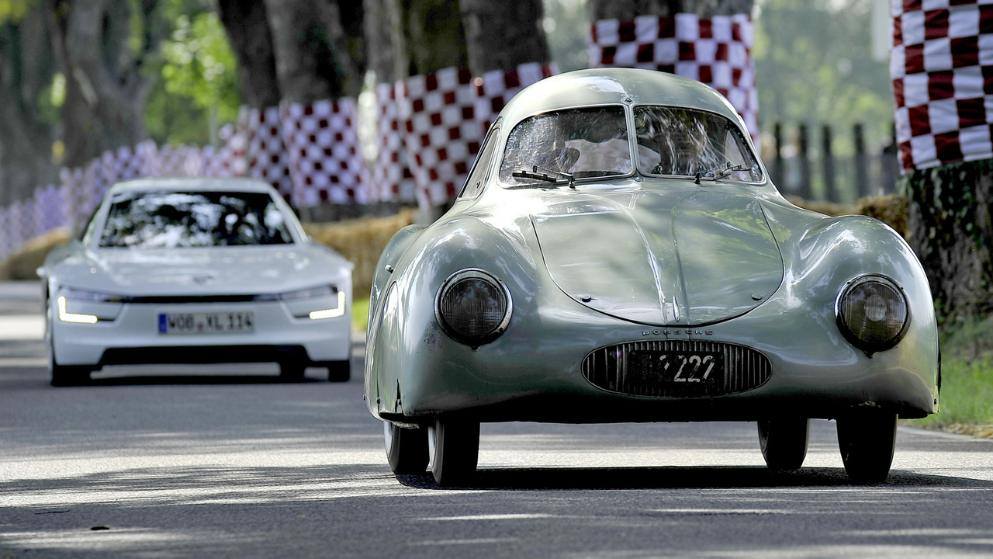

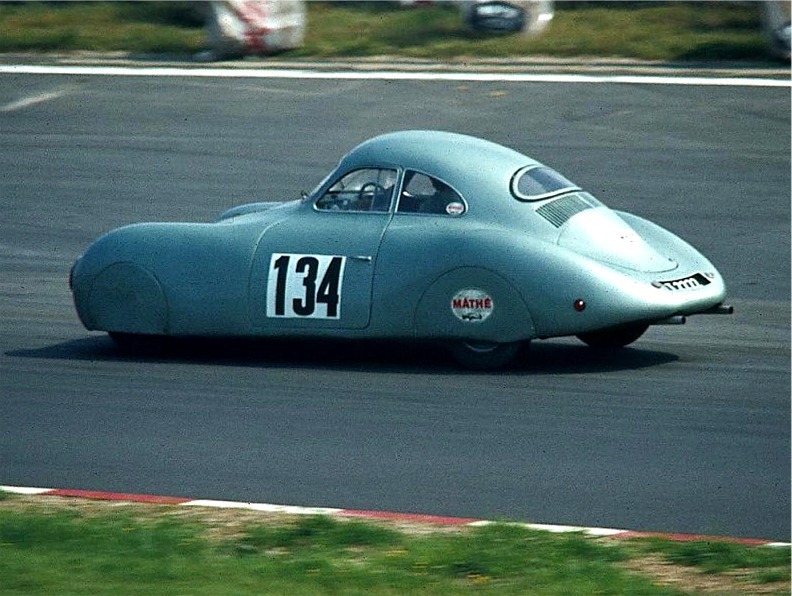

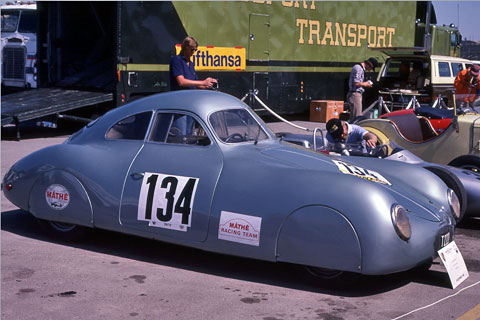
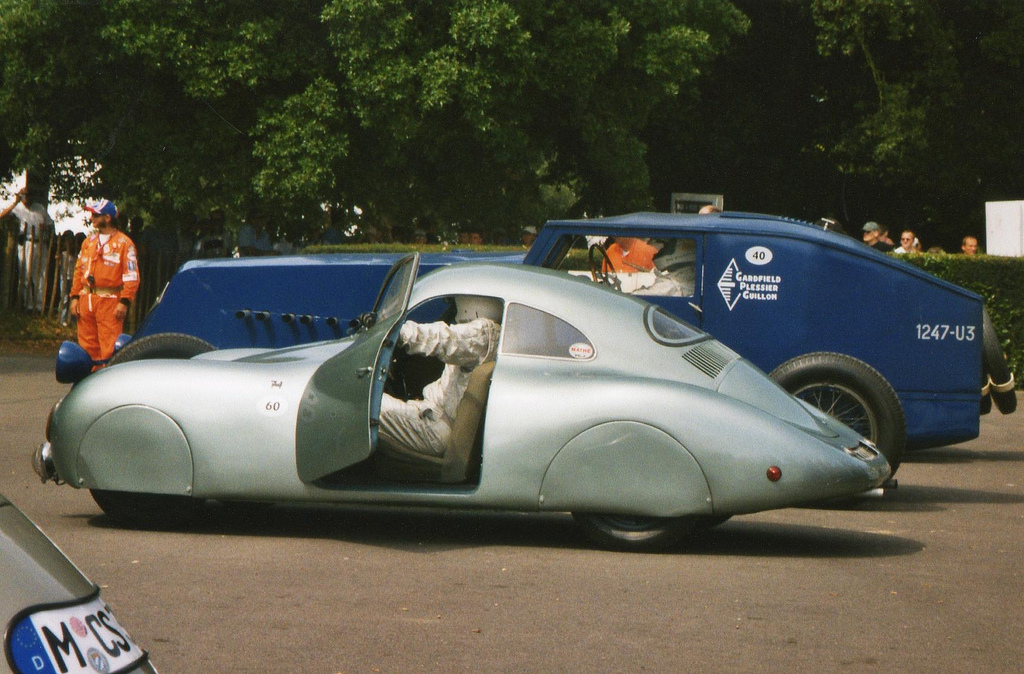
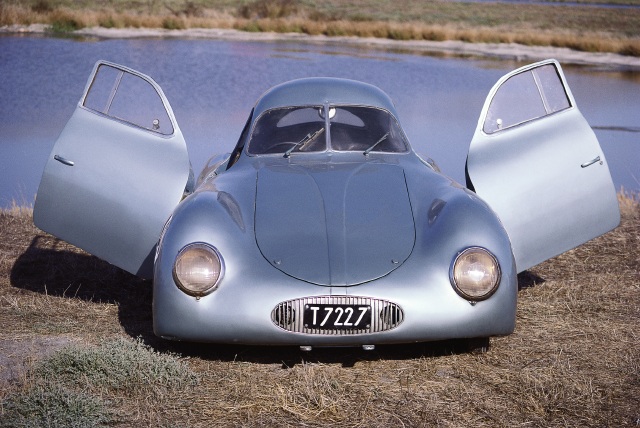

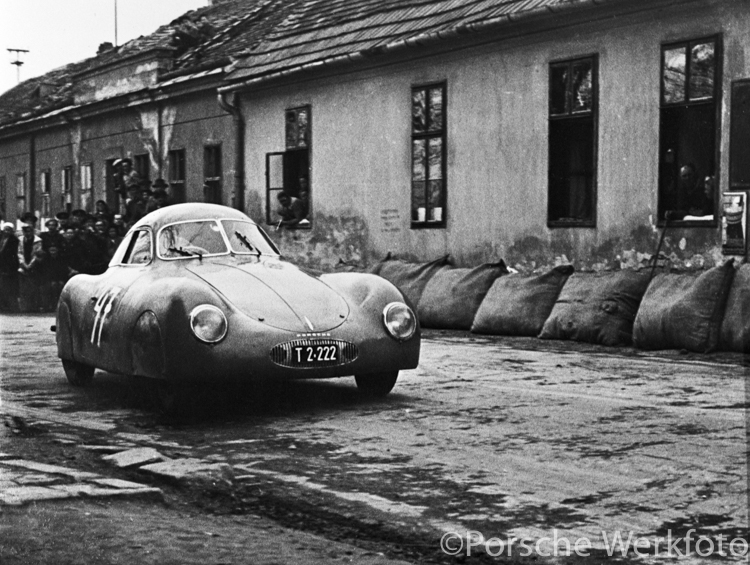

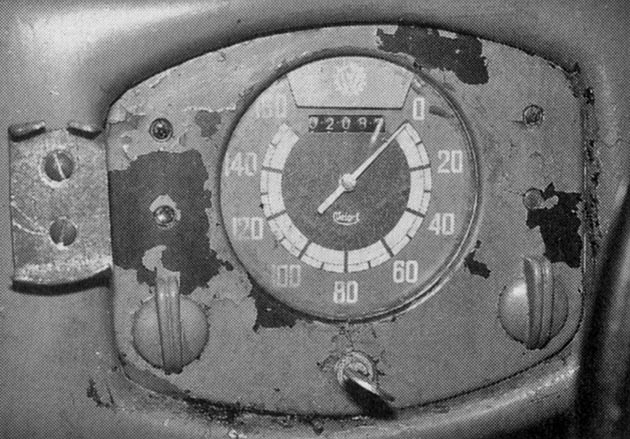
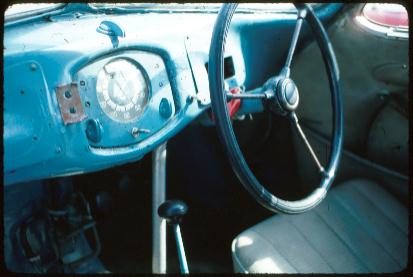

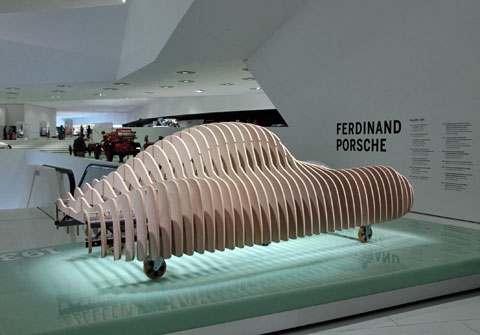
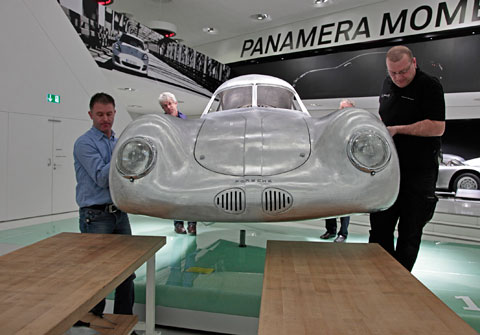
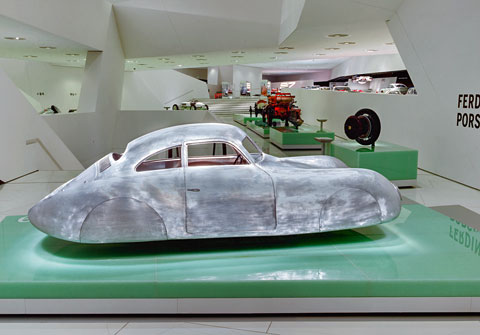




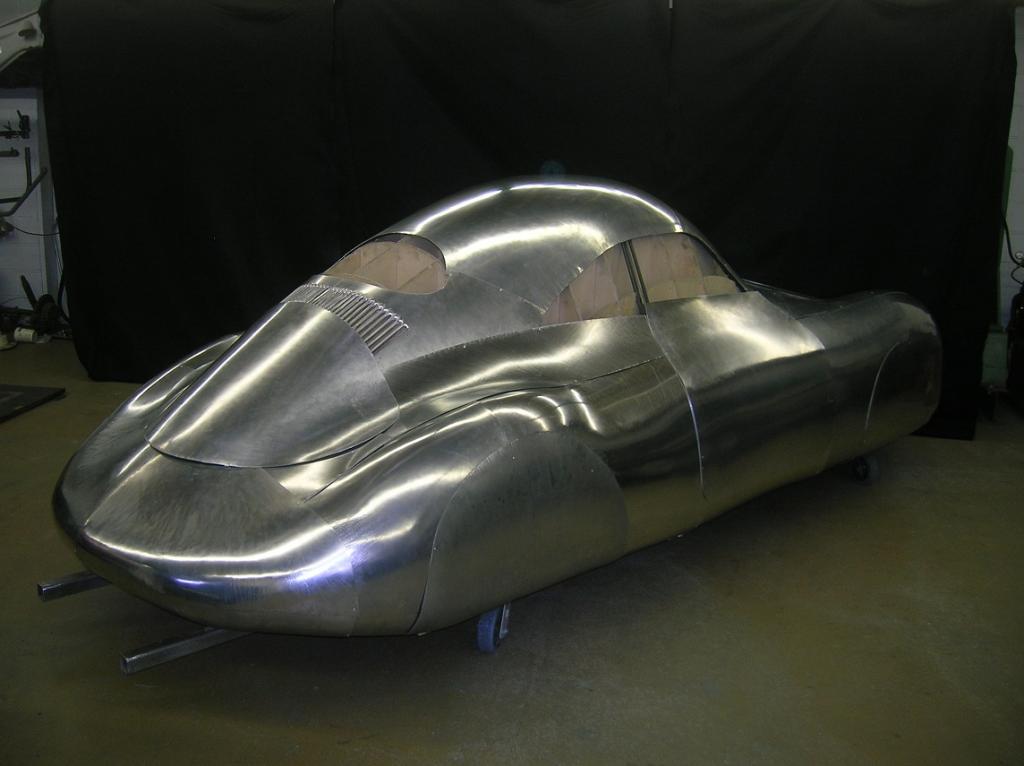
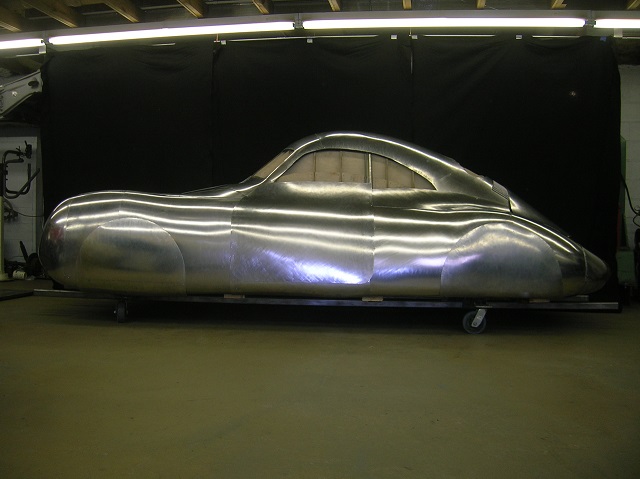
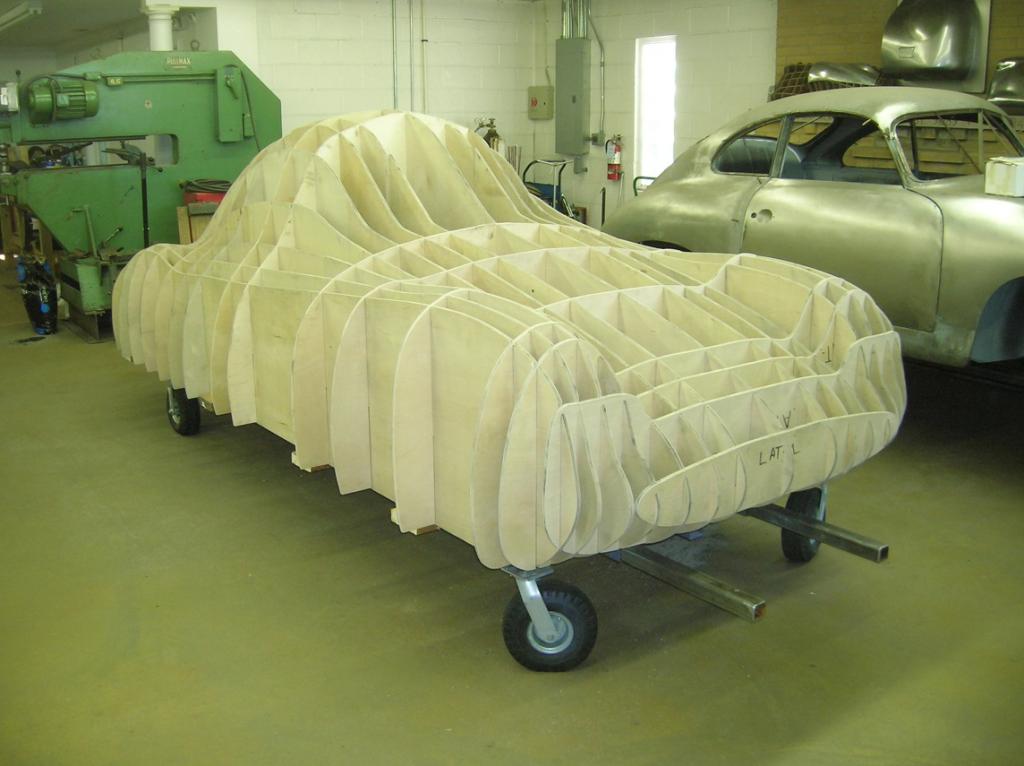

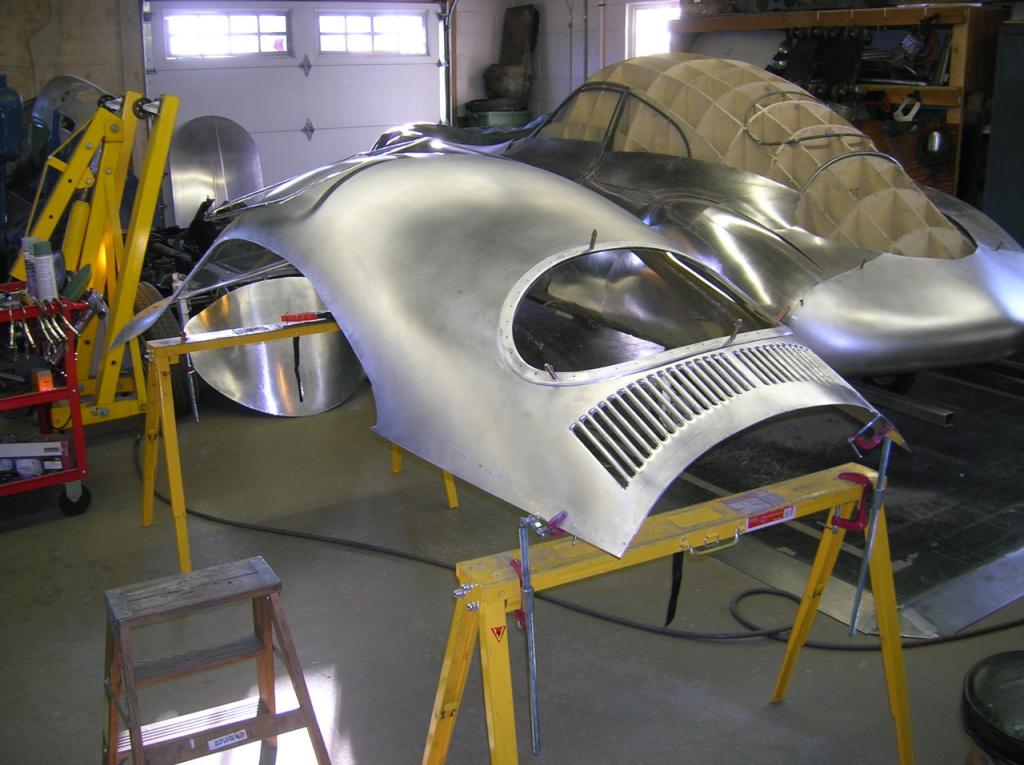


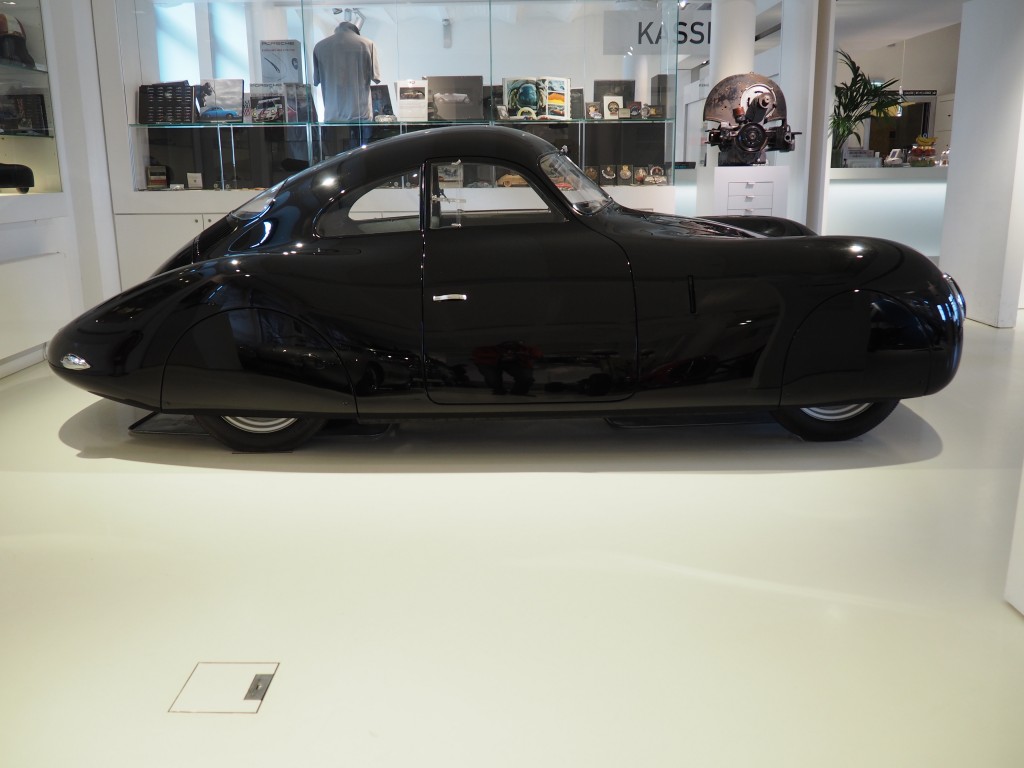
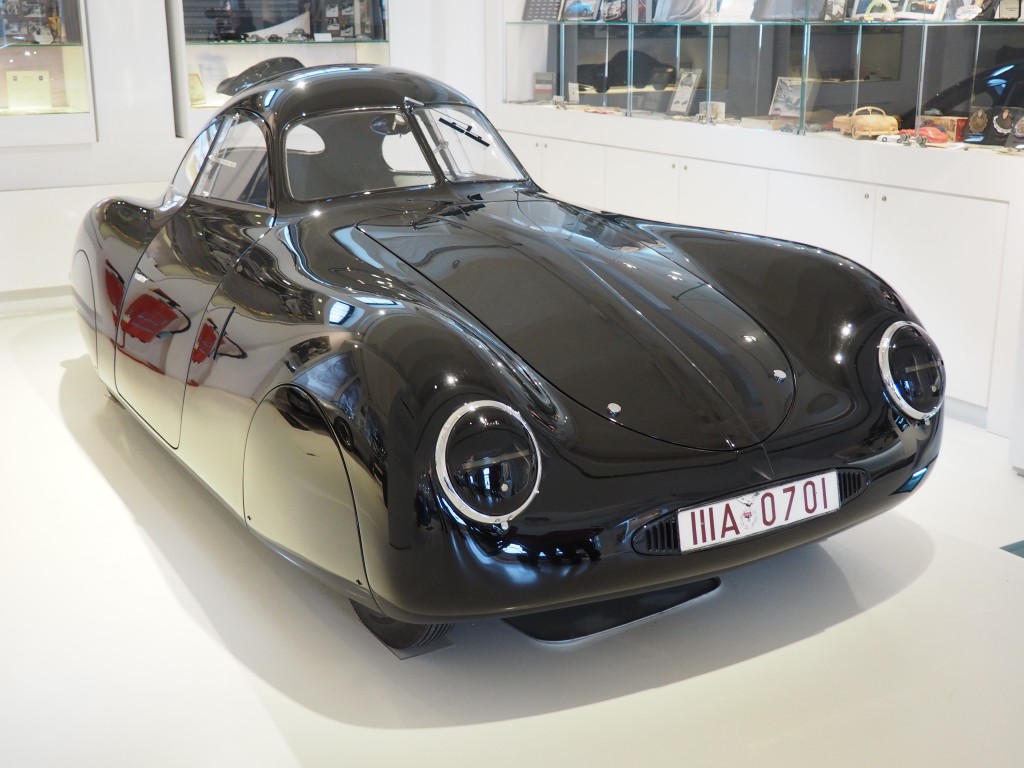
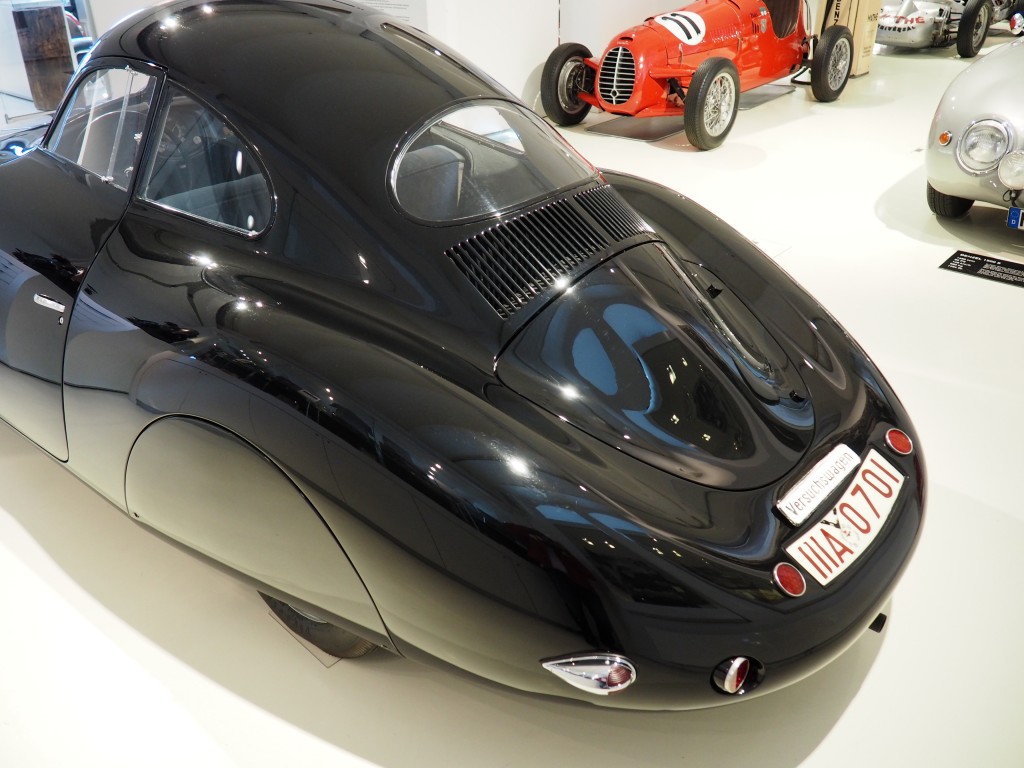
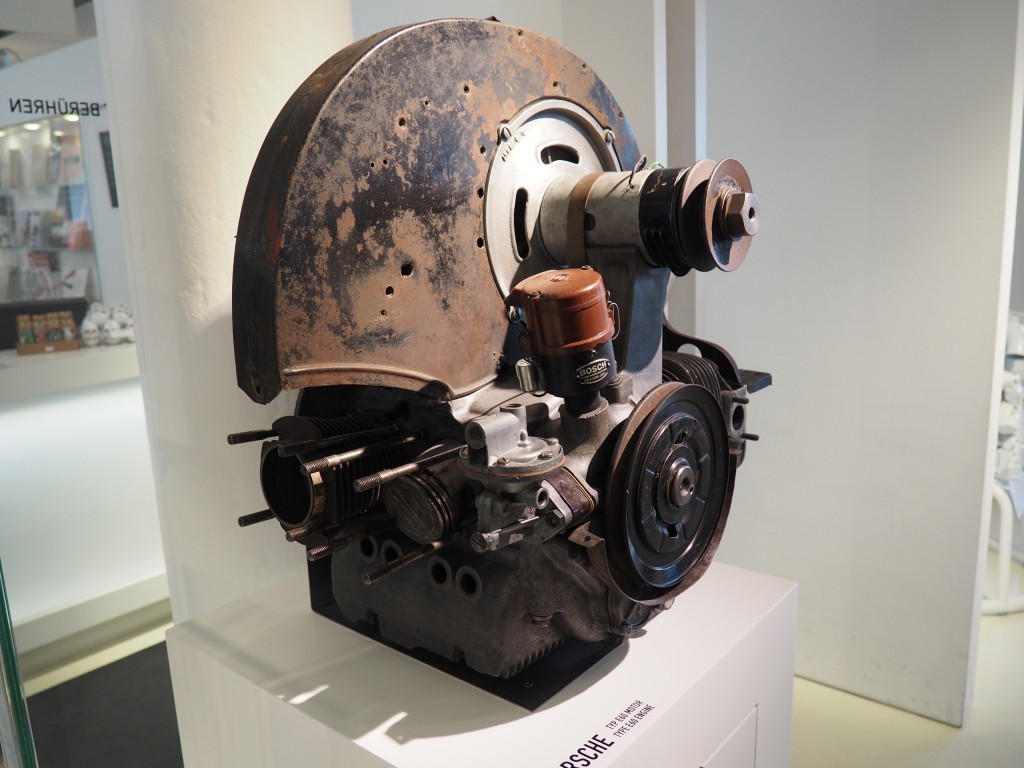
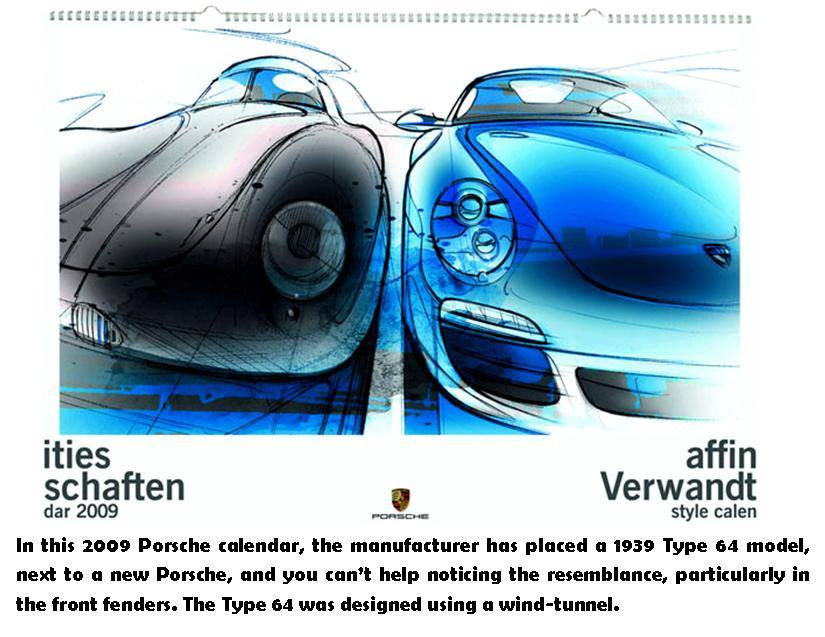
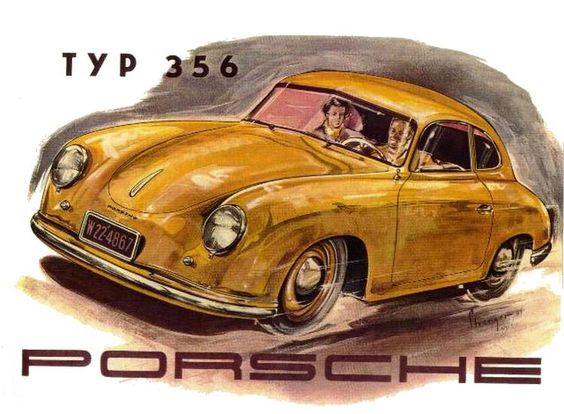
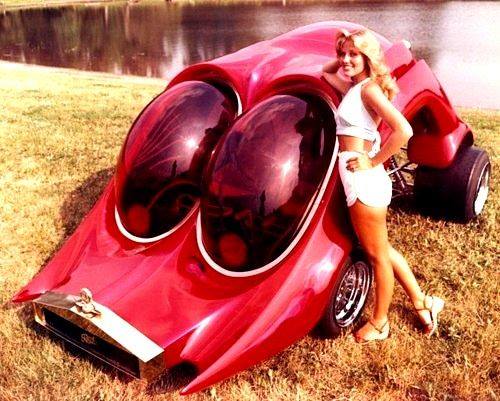
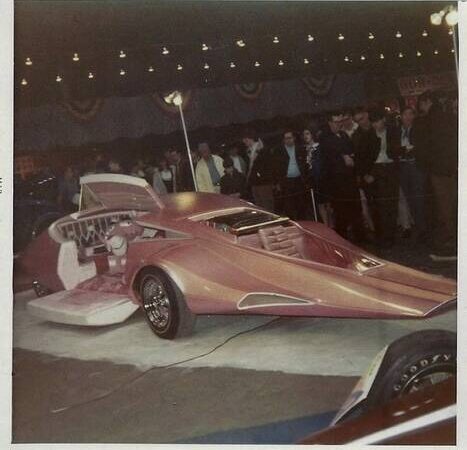

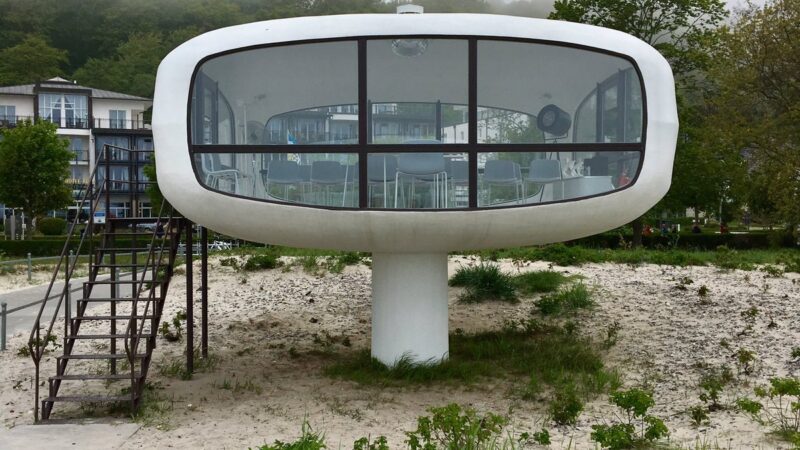
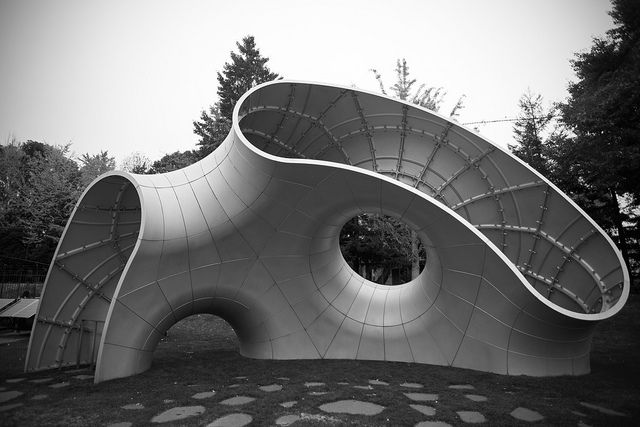
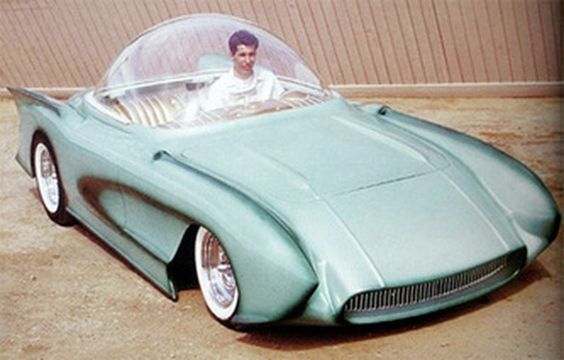
j’adore !